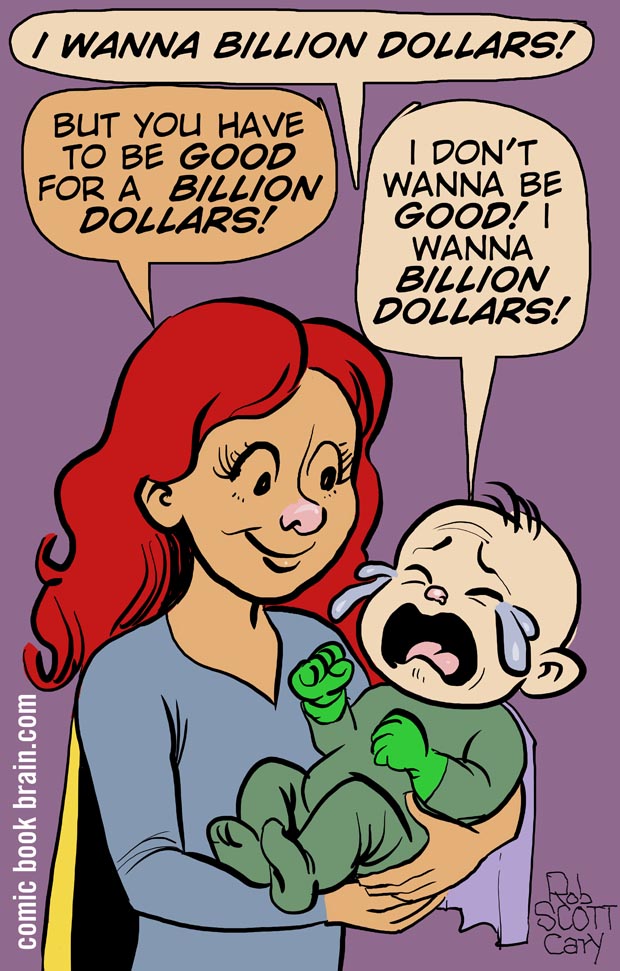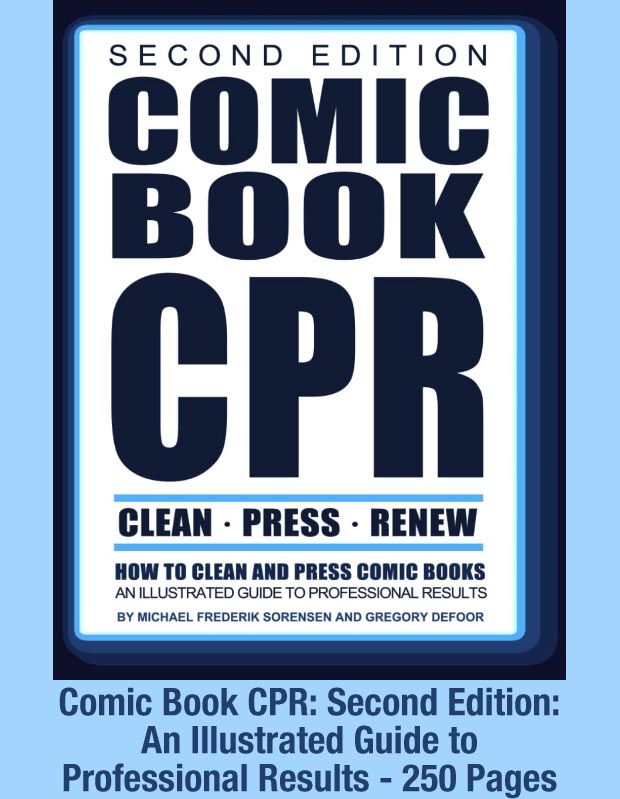
The Billion Dollar Club
Superhero Films that have crested from just earning money to earning box-office-gold*
- Avengers: Endgame (2019 Walt Disney/Marvel) $2,797,800,564 worldwide
- Avengers: Infinity War (2018 Walt Disney/Marvel) $2,048,359,754 worldwide
- Spider-Man No Way Home(2021 Sony) $1,901,231,491 worldwide earnings [Production budget of $200 million].
- The Avengers (2012 Marvel Studios) $1,511,757,910 Billion
- Avengers Age of Ultron (2015 Marvel Studios) $1.402 Billion
- Black Panther (2018 Walt Disney/Marvel) $1,346,913,161
- Deadpool and Wolverine (2024 Marvel Studios+3) $1,338,071,348
- Iron Man 3 (2013 Marvel Studios) $1,212,795,474 Billion
- Captain America Civil War: $1,153,294,011
- Aquaman (2018 Warner Bros) $1,148,461,807 worldwide
- Spider-Man: Far from Home (2019 Walt Disney/Marvel) $1,131,927,996 worldwide
- Captain Marvel (2019 Walt Disney Marvel) $1,128,274,794 worldwide
- Dark Knight Rises (2012 Warners) 1,081,036,828 Billion
- Joker (2019 Warner Bros) $1,074,251,311 worldwide
- The Dark Knight (2008 Warners Bros) $1,004,558,444 Billion
Updated: Top Earning Superhero Films of all time - list of 137 titles
The Billion Dollar Club, not necessarily Superhero:
-
Avatar (2009) – $2.9 billion
-
Avengers: Endgame (2019) – $2.8 billion
-
Titanic (1997) – $2.3 billion
-
Star Wars: Episode VII - The Force Awakens (2015) – $2.1 billion
-
Avengers: Infinity War (2018) – $2.0 billion
-
Spider-Man: No Way Home (2021) – $1.9 billion
-
Jurassic World (2015) – $1.7 billion
-
The Lion King (Live-Action) (2019) – $1.7 billion
-
Furious 7 (2015) – $1.5 billion
-
The Avengers (2012) – $1.5 billion
-
Frozen II (2019) – $1.5 billion
-
Barbie (2023) – $1.4 billion
-
Avengers: Age of Ultron (2015) – $1.4 billion
-
The Super Mario Bros. Movie (2023) – $1.4 billion
-
Beauty and the Beast (Live-Action) (2017) – $1.3 billion
-
Incredibles 2 (2018) – $1.2 billion
-
The Fate of the Furious (2017) – $1.2 billion
-
Iron Man 3 (2013) – $1.2 billion
-
Minions (2015) – $1.2 billion
-
Captain America: Civil War (2016) – $1.2 billion
-
Aquaman (2018) – $1.1 billion
-
Spider-Man: Far From Home (2019) – $1.1 billion
-
Captain Marvel (2019) – $1.1 billion
-
The Lord of the Rings: Return of the King (2003) – $1.1 billion
-
Transformers: Dark of the Moon (2011) – $1.1 billion
-
Skyfall (2012) – $1.1 billion
-
The Dark Knight Rises (2012) – $1.1 billion
-
Joker (2019) – $1.1 billion
-
Toy Story 4 (2019) – $1.1 billion
-
Pirates of the Caribbean: Dead Man's Chest (2006) – $1.1 billion
-
Rogue One: A Star Wars Story (2016) – $1.1 billion
-
Aladdin (Live-Action) (2019) – $1.1 billion
-
Zootopia (2016) – $1.0 billion
-
Inside Out 2 (2024) – $1.0 billion
-
The Dark Knight (2008) – $1.0 billion
What's the biggest earning film of all time?
The Billion-Dollar Caveat: There is a certain school of thought that holds Gone with the Wind (1939) as the all-time earnings champion of the film medium. When adjusted for inflation, ticket prices, distribution reach, international audience count and continual re-release revenues, the film retains an accumulated box office total that remains virtually unreachable.
Part of what gave Gone with the Wind its exceptional edge—an advantage that cannot be duplicated—was the nature of Hollywood film distribution before the global disruption caused by World War II (1941–1945). At that time, Hollywood dominated the international film market: global trade was still relatively wide open before the world split up into Axis/Allies, and few other countries had either the economic means or the production infrastructure to compete with American film quality, nor the factory-like volume of titles pouring from the studios such that the quantity from Hollywood in any given month more than outmatched the output from most countries's entire output for a year. Hollywood dedicated effort and money to maintaining the finesse of its distribution system and tried to stretch out that advantage right up until the last moment as world trade collapsed as World War II began (an unflattering look at Hollywood's pursuit of dollars in the face of impending international conflict is in the book The Collaboration - Hollywood's Pact with Hitler By Ben Urwand, review at Cinemagraphe.com).
This changed drastically with the onset of the war between the United Kingdom and Nazi Germany in 1939. Many countries closed off and this accelerated as the war radically expanded with Germany's invasion of Russia and then Japan's bombing of Pearl Harbor. Then, in 1945, with World War II concluded, the growing tensions between Western and communist regimes hampered the already weakened global Hollywood distribution system. Post-war conditions included a huge global poverty that hurt ticket sales, and the reshaping of international markets plus the significant money problems for some of the major studios with studios falling into or coming dangerously close to bankruptcy.
The entertainment landscape was also changing: competing film industries began to rise around the world and in some countries this was considered a project of national pride, meaning public funds were pushed into making films by local actors and directors, producing "product" that diluted the need for Hollywood films.
In America, the arrival of television quickly began siphoning off the multi-weekly movie going habits that had been common during Hollywood’s golden age, not eclipsing the medium yet but capturing the entertainment leisure hours of a steadily growing audience.
With all of these factors combined, the kind of "super-major" international release that Gone with the Wind enjoyed in 1939 became much harder—if not impossible—to replicate in the decades that followed.
Moreover,Gone with the Wind was not just a massive hit in the United States—it was a global phenomenon. It was in production for years and during that whole time constantly hyped, building up a saturation that reached that point where celebrity transcends the reasons for itself and becomes famous just for being famous. It was also released in color at a time when most films were still in black and white; it was of epic length, which was rare for 1930s productions; and it was based on an internationally best-selling novel. It had a slate of celebrity movies stars in the cast and though only one director is credited with the film (Victor Fleming), the movie actually had "many fathers." All these elements contributed to a unique combination of circumstances unlikely to ever be repeated.
*Box Office Gold
Hollywood Slang for a Big-Earning Movie:
Blockbuster – The classic term. Originally used for bombs in WWII, it now refers to a film that “blows away” the box office.
Tentpole – A major studio film expected to support (or "hold up") the financial performance of a studio for the year, often part of a franchise.
Cash cow – A film (or franchise) that consistently brings in huge profits with relatively low risk.
Money-maker – Straightforward; a film that turns a healthy profit.
Box office smash / Box office hit – A film that exceeds expectations in ticket sales.
Bonanza – A financial windfall; sometimes used for unexpectedly high earnings.
Juggernaut – A dominating force at the box office; unstoppable success.
Studio saver – Informal term for a movie that "rescues" a struggling studio.
Franchise gold – Refers to a film that successfully fuels a lucrative franchise.
Over-performer – A movie that outperforms financial or audience expectations.


Related: The Billion Dollar Club of Superhero Movies
Original Page March 27, 2025 | Updated October 15, 2025


